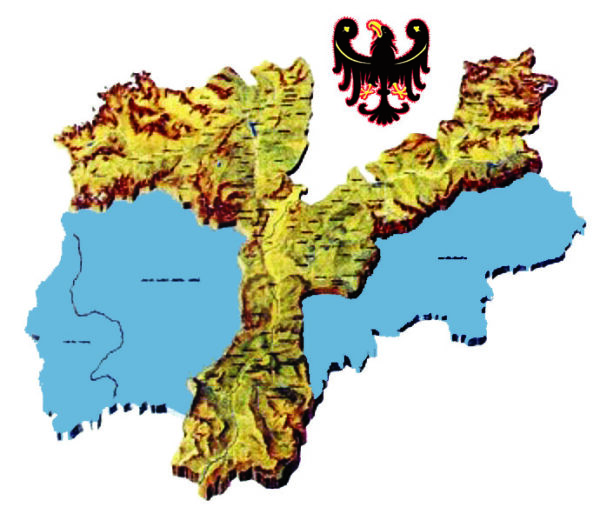September 21, 2021
Many City Plans have been blocked to secure farming zones and tamper industrial expansion, substantial incentives have been provided by the Province of Trento to increase the competitiveness and welfare of farming enterprises, and large-size social events focused on local agricultural goods and traditions have been favored and helped to grow thanks to public provincial funds. Strategic deals with neighboring networks have been opened to promote food & wine destinations, and huge amounts of money have been spent to launch attractive marketing campaigns that sponsor agricultural products from Trentino.
Trentino has done a lot for its farming sector. Can the people of Trentino now ask for help in return? The provincial environment and health need it. The water courses of Trentino need it.
Looking at the groundwater and surface waters geoportal of the National Institute for Environmental Protection and Research (Istituto Superiore per la Protezione e la Ricerca Ambientale – ISPRA), it is disturbing to see that several monitoring stations in the Adige and Non Valley detected exceedances of the admissible contamination thresholds [1]. AMPA, glyphosate, and metolachlor-ESA are the most commonly detected contaminating substances in surface waters. Atrazine desis, flonicamid, and metolachlor-ESA, instead, are those that are most frequently detected in groundwater [2].
When related to the hectares of utilized agricultural area (“UAA”), the amount of active ingredients contained in plant protection products distributed in Trentino is much higher than the national one [3]. More than 9 kg/hectare compared to the national average of 4 kg/hectare! This environment liability compromises the ecological state of Trentino’s surface and groundwaters, harms public health, and thus represents a cost in the Provincial balance sheet.
We really need Trentino’s farming sector to look for strategic solutions to lower its environmental impact, especially on public waters and health. The Province and community of Trento have done so much to promote its farming sector. It would be fair if it now returned the favor.

Fig. 1: vineyards and the irrigation channel “Fossa di Caldaro” in the rural area of Mezzocorona (Trento) Italy. (Author, September 21, 2021).

Fig. 2: a detail of the Natura 2000 site “La Rupe” in Mezzolombardo (Trento), Italy. Located along the Noce river, the site is one of the few left natural places in the contaminated Adige valley bottom. (Author, December 06, 2021).
Bibliography:
[1] ISPRA. (n.d.). Geoportale di monitoraggio ambientale [Map]. Retrieved December 10, 2021, from https://sinacloud.isprambiente.it/portal/apps/webappviewer/index.html?id=a38bab6b0aee4464ade50d6cbe2e3bbc
[2] Paris, P., Pace, E., Maschio, G., & Ursino, S. (2020). Rapporto nazionale pesticidi nelle acque—Dati 2017-2018 (2020th ed.). ISPRA. https://www.isprambiente.gov.it/files2020/pubblicazioni/rapporti/rapporto_334_2020.pdf
[3] Menapace, E., Ferrari, C., Mantoan, J., Dallafior, V., & Martinelli, R. (2020). Rapporto sullo stato dell’ambiente 2020—Agricoltura (No. 9). APPA. http://www.appa.provincia.tn.it/rapporto_ambiente_2020/rapamb_2020_pressioni/-Agricoltura/pagina19.html
This article is part of the project “Environmental Blogging Boost 4 Students”, aimed at increasing the spread of agroecology and sustainable water management in Trentino. The project is financed by the BIM Adige Water Catchments Consortium (grant approved by provision n. 100 of June 06, 2021).




